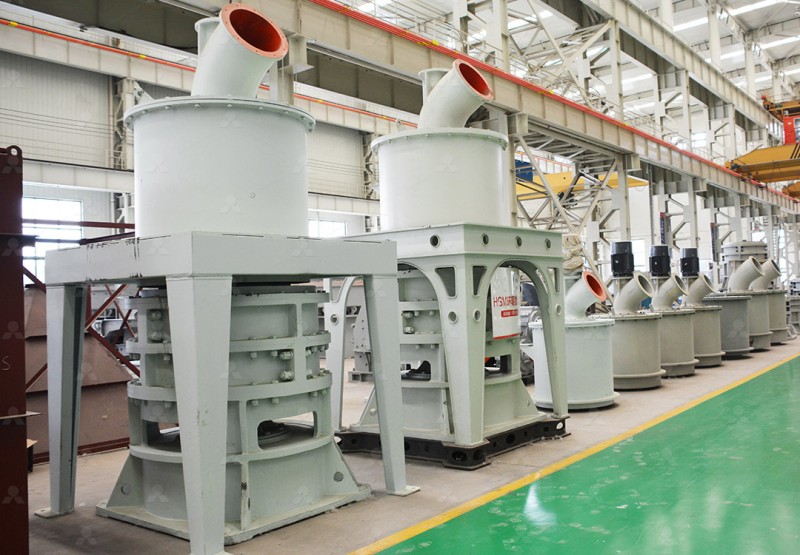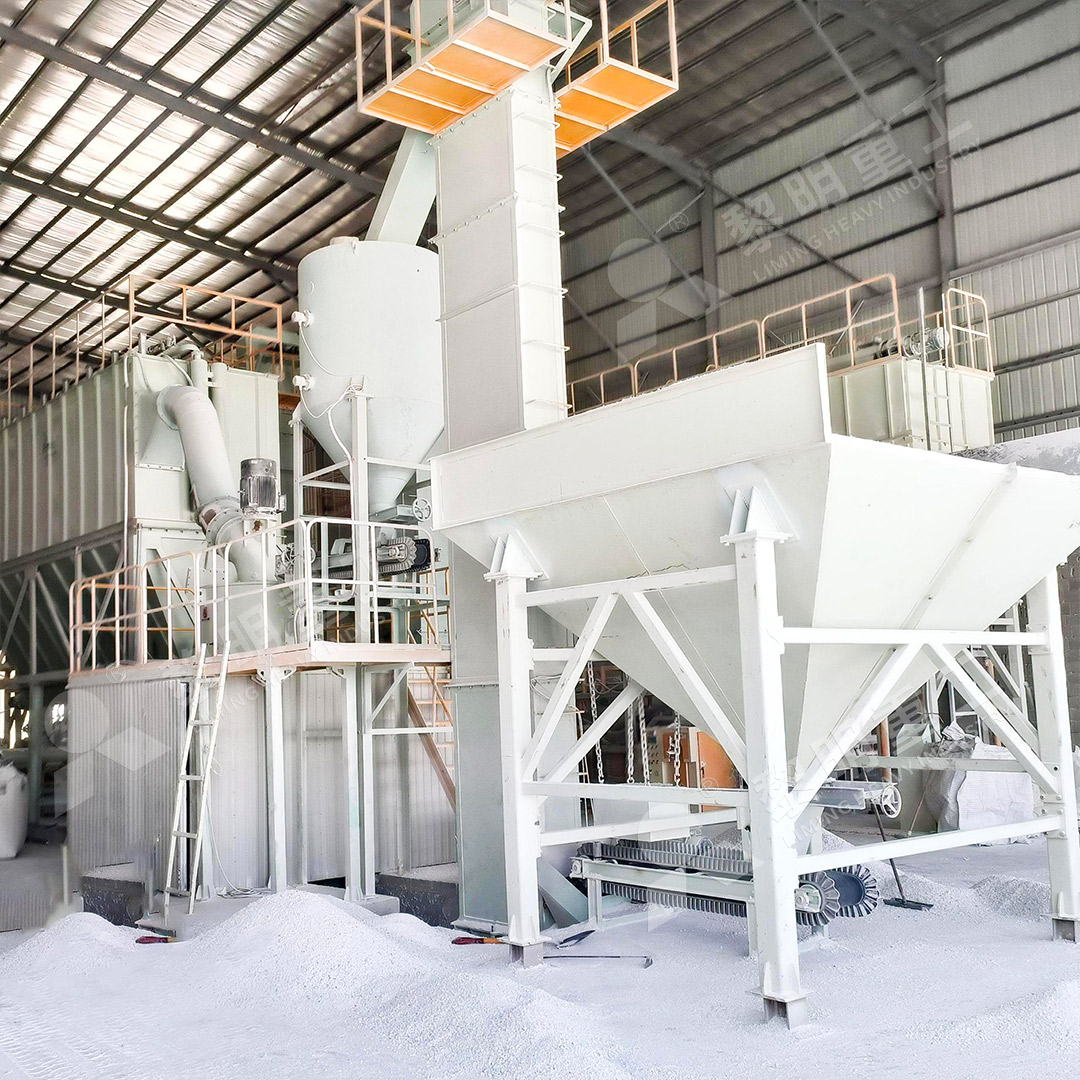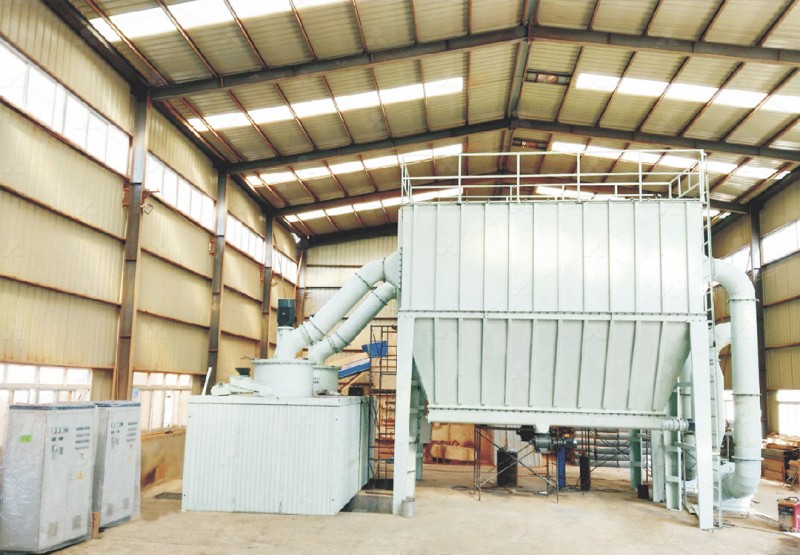Is a 5TPH Grinding Mill Suitable for Small Factories Producing Lightweight Brick with Quicklime?
Is a 5TPH Grinding Mill Suitable for Small Factories Producing Lightweight Brick with Quicklime?
For small-scale lightweight brick manufacturers working with quicklime, selecting the right grinding equipment is crucial for operational efficiency and product quality. The question of whether a 5-ton-per-hour grinding mill is appropriate deserves careful consideration of multiple factors.
Lightweight brick production requires precisely ground quicklime with consistent particle size distribution to ensure proper chemical reactions during the autoclaving process. The ideal grinding mill must deliver not only adequate capacity but also the right fineness control, energy efficiency, and operational stability that small factories need to remain competitive.
Capacity Considerations for Small Factories
A 5TPH grinding capacity represents a sweet spot for many small to medium-sized brick manufacturing operations. This throughput allows for continuous production while maintaining manageable equipment size and investment costs. For factories producing approximately 40,000-60,000 bricks daily, this capacity provides sufficient ground quicklime without excessive overhead.
However, capacity alone doesn’t tell the whole story. The consistency of output and the mill’s ability to maintain precise fineness throughout operation are equally important. Quicklime for lightweight bricks typically requires grinding to between 200-400 mesh to optimize its reactivity while maintaining workability in the brick mixture.

Technical Requirements for Quicklime Grinding
Quicklime presents specific grinding challenges due to its caustic nature and tendency to absorb moisture. The ideal mill must feature corrosion-resistant components and effective sealing to prevent hydration during processing. Additionally, temperature control during grinding is critical since excessive heat can affect the quicklime’s chemical properties.
For small factories, operational simplicity and low maintenance requirements are paramount. Equipment that requires frequent specialized servicing or complex operational procedures can significantly impact production continuity and profitability.
Recommended Solution: MW Ultrafine Grinding Mill
After evaluating the specific needs of quicklime grinding for lightweight brick production, our MW Ultrafine Grinding Mill emerges as an excellent solution for small factories. With a capacity range of 0.5-25 TPH, it comfortably accommodates the 5TPH requirement while offering flexibility for future production scaling.
The MW series particularly excels in quicklime applications due to several key features:
- Adjustable Fineness (325-2500 meshes): This range perfectly covers the fineness requirements for quicklime in lightweight brick production, allowing precise control over reactivity.
- No Rolling Bearing & Screw in Grinding Chamber: This innovative design eliminates common failure points, reducing maintenance downtime – a critical advantage for small operations with limited technical staff.
- Higher Yielding, Lower Energy Consumption: Achieving 40% higher production capacity than jet grinding mills with only 30% of the energy consumption significantly reduces operational costs.
- Eco-friendly Operation: The integrated pulse dust collector and muffler ensure compliance with environmental regulations without additional investment in auxiliary equipment.

Alternative Option: LUM Ultrafine Vertical Grinding Mill
For factories with stricter space constraints, the LUM Ultrafine Vertical Grinding Mill presents another viable option. With a capacity range of 5-18 TPH and compact vertical design, it offers space efficiency while maintaining excellent grinding performance for quicklime applications.
The LUM series features advanced powder separating technology and reversible structure for easier maintenance, making it particularly suitable for facilities with limited floor space but requiring high-quality quicklime powder.
Economic Considerations
For small factories, the investment in a 5TPH grinding mill must be justified by both performance and economic factors. The MW Ultrafine Grinding Mill offers favorable operational economics through:
- Reduced energy consumption per ton of ground quicklime
- Minimal maintenance requirements and costs
- Long service life of grinding components
- Consistent product quality reducing material waste
These factors combine to create a compelling return on investment typically achieved within 12-18 months of operation for most small brick manufacturing facilities.

Conclusion
A 5TPH grinding mill is indeed well-suited for small factories producing lightweight brick with quicklime, provided the selected equipment meets the specific technical and operational requirements of this application. The MW Ultrafine Grinding Mill represents an optimal balance of capacity, precision, efficiency, and reliability that aligns perfectly with the needs of small-scale manufacturers looking to optimize their quicklime processing operations.
Frequently Asked Questions
What is the optimal fineness for quicklime in lightweight brick production?
Most lightweight brick formulations require quicklime ground to 200-400 mesh. The MW Ultrafine Grinding Mill can precisely maintain this range with its adjustable fineness control from 325-2500 meshes.
How does the MW Mill handle the caustic nature of quicklime?
The mill features specialized materials and sealing systems that resist corrosion and prevent moisture absorption during grinding, maintaining quicklime quality throughout the process.
What maintenance requirements should small factories expect?
The MW Mill’s design with no rolling bearings or screws in the grinding chamber significantly reduces maintenance needs. Typical maintenance involves routine inspections and occasional replacement of wear parts, with most procedures manageable by in-house staff.
Can the mill accommodate future production increases?
Yes, with a maximum capacity of 25 TPH, the MW series offers substantial headroom for production scaling without requiring equipment replacement.
How does the energy consumption compare to traditional ball mills?
The MW Ultrafine Grinding Mill consumes approximately 30-40% less energy than traditional ball mills while achieving higher production rates and superior product quality.
